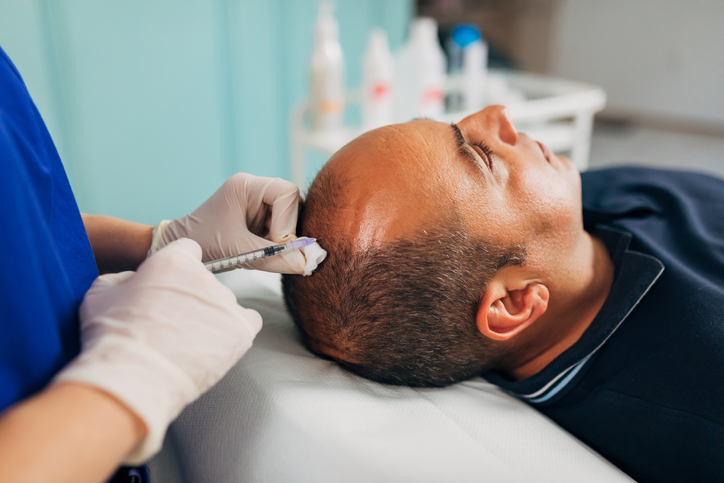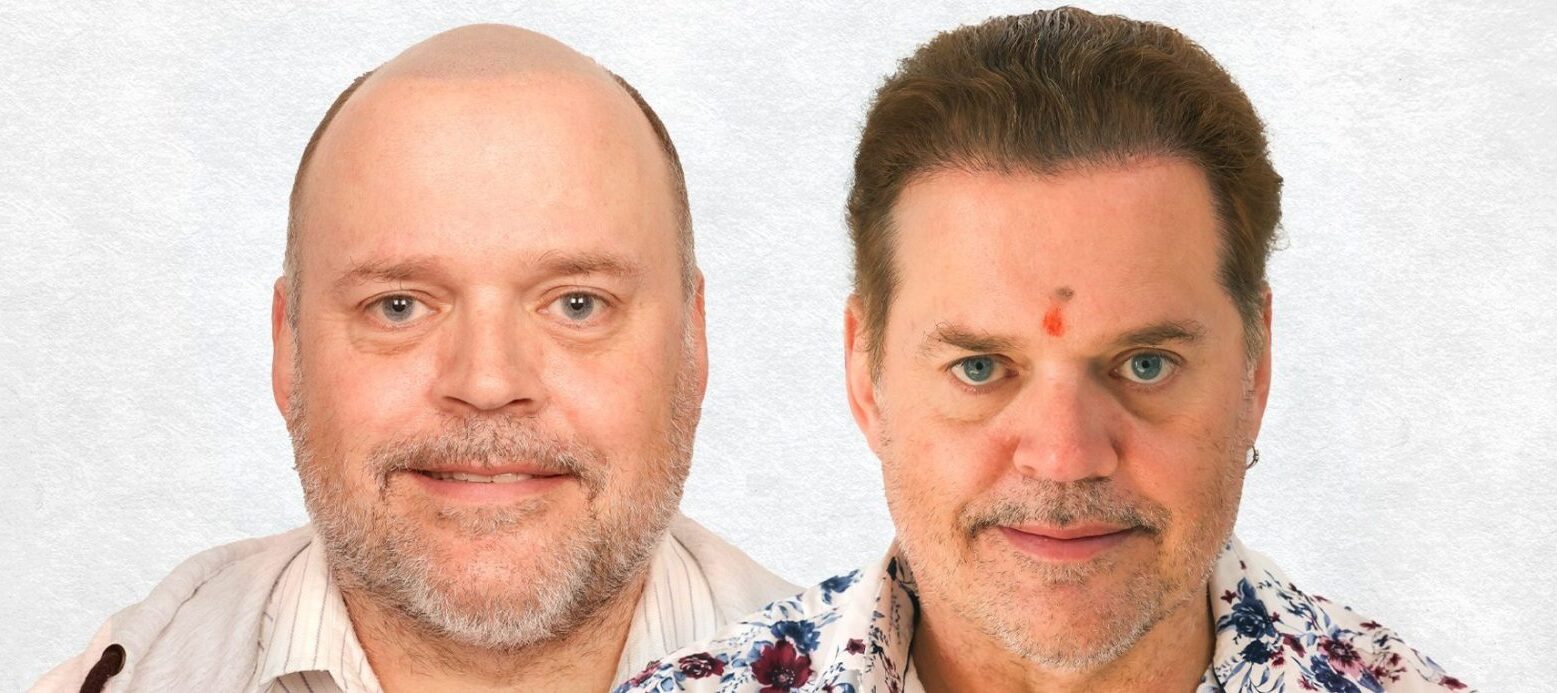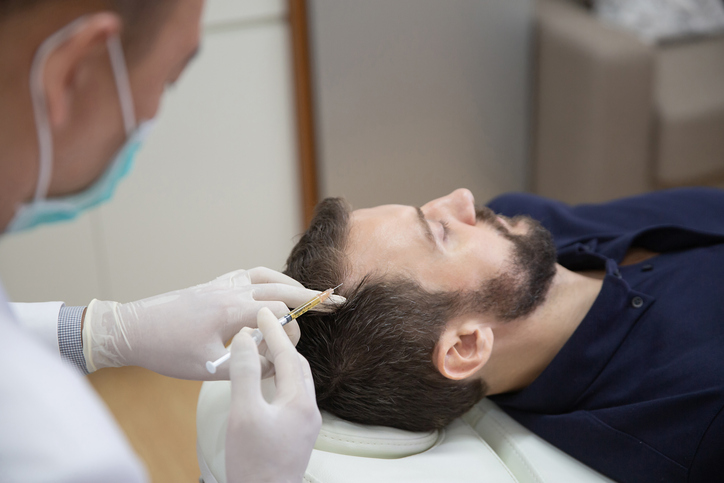Hair loss can be a distressing experience, affecting an individual’s self-confidence and overall well-being. Hair transplant procedures have become increasingly popular as an effective solution for restoring natural hair and addressing areas of thinning or baldness. When it comes to hair transplants before and after transformations, two areas that commonly require attention are the temples and crown. Let’s explore the challenges of hair loss in these areas, the potential solutions offered by hair transplant procedures, and what to expect from the before and after results.
The Challenge of Temporal and Crown Hair Loss:
The temples and crown areas of the scalp are particularly prone to hair loss. Temporal hair loss refers to receding hairlines or thinning around the temples, while crown hair loss involves the thinning or balding at the top of the head. These areas are often a result of genetic factors (Androgenetic Alopecia), hormonal changes, or age-related hair loss patterns.
Hair Transplant Solutions:
Hair transplant procedures, particularly Follicular Unit Extraction (FUE), offer effective solutions for addressing temporal and crown hair loss. FUE involves extracting individual hair follicles from a donor area, usually the back or sides of the scalp, and implanting them into the recipient area.
Addressing Temporal Hair Loss:
Temporal hair loss requires a thoughtful and precise approach to achieve natural-looking results. During a hair transplant procedure for the temples, the surgeon carefully selects and extracts healthy hair follicles from the donor area. These follicles are then strategically implanted into the temple area, creating a natural and aesthetically pleasing hairline.
The surgeon takes into consideration various factors, such as the direction, depth and angle of hair growth, the patient’s facial structure, and the desired outcome. This attention to detail during temple hair transplant ensures that the transplanted hair blends seamlessly with the existing hairline, resulting in a rejuvenated and balanced appearance.
Addressing Crown Hair Loss:
Crown hair loss can be more challenging to address due to the unique characteristics of the crown area, including the whorl pattern and the potential for larger bald patches. However, with a skilled surgeon and the DHT technique, significant improvements can be achieved.
During a crown hair transplant, the surgeon meticulously extracts hair follicles from the donor area and implants them into the thinning or balding crown region. The goal is to create a denser and more uniform distribution of hair, reducing the visibility of the bald patches and achieving a more natural appearance.
Before and After Hair Transplant:
Before the hair transplant procedure, the temples and crown areas may exhibit signs of hair loss, including receding hairlines, thinning hair, or bald patches. These conditions can lead to a lack of confidence and self-consciousness.
After the hair transplant, patients can expect gradual improvements in the appearance of the temples and crown areas. The transplanted hair follicles will initially shed within a few weeks of the procedure. This shedding is a normal part of the hair growth cycle, and new hair will begin to grow within a few months.
Over time, the transplanted hair will blend with the existing hair, creating a more natural and fuller appearance. Patients will notice a significant improvement in hair density, with the temples and crown areas becoming more balanced and aesthetically pleasing.
It is important to note that the final results of a hair transplant can take several months to fully manifest. Patience is key during the recovery period as the transplanted hair gradually grows and matures. Regular follow-up appointments with the surgeon will allow for monitoring progress and addressing any concerns or questions that may arise.
Hair transplant procedures, particularly DHT, offer effective solutions for addressing temporal and crown hair loss. Skilled surgeons can restore the natural hairline and create a more balanced and fuller appearance in these areas. Patients can expect a gradual before and after transformation, with the transplanted hair blending seamlessly with the existing hair. It is important to consult with a qualified hair transplant surgeon to assess individual needs, discuss expectations, and determine the most suitable approach for addressing temporal and crown hair loss. With the right procedure and proper care, individuals can regain their confidence and enjoy a rejuvenated appearance.





